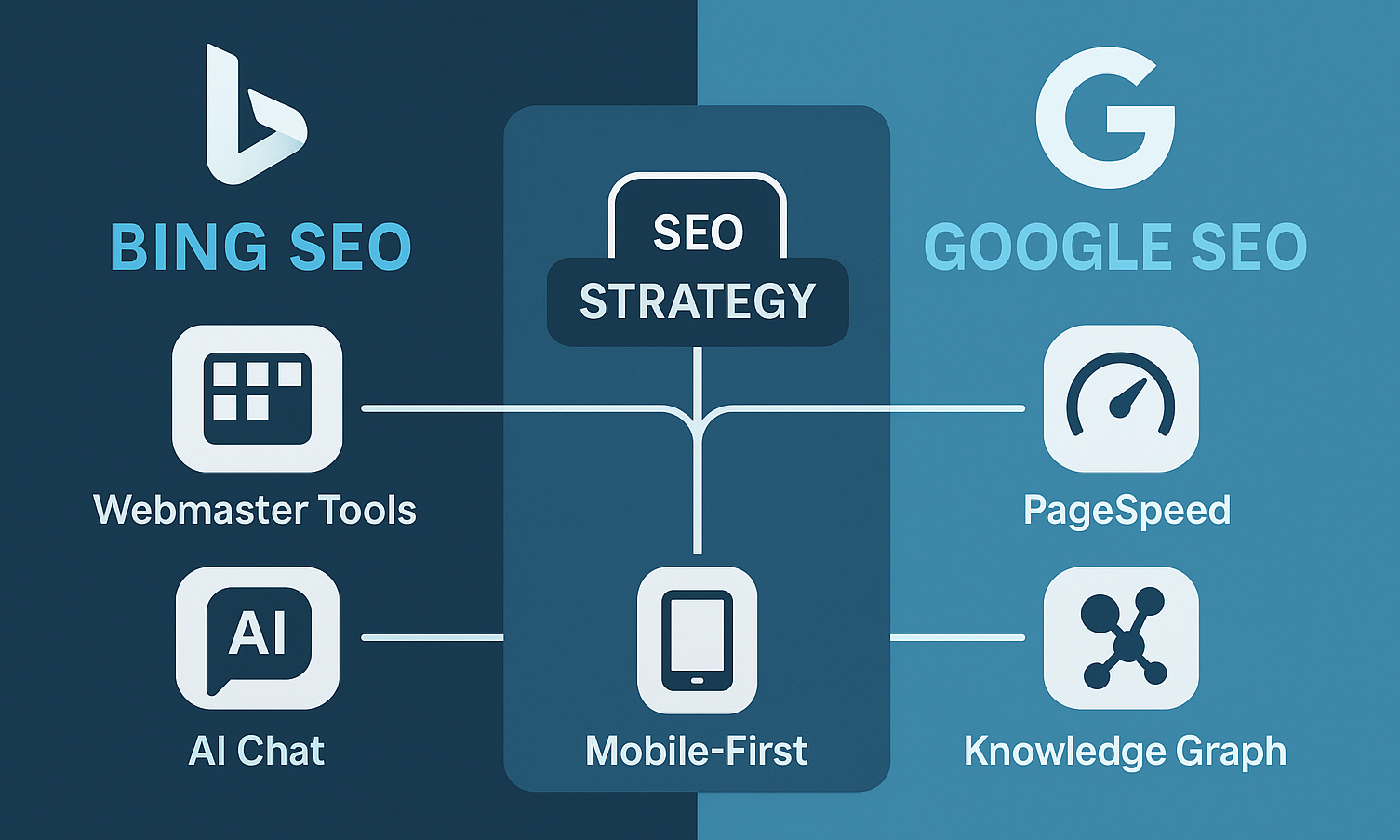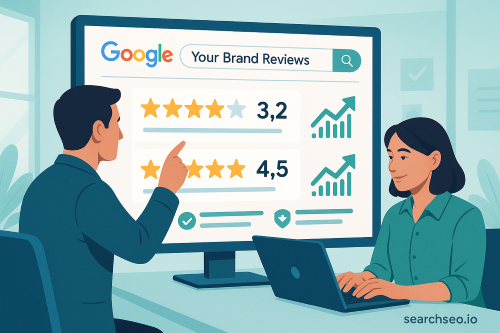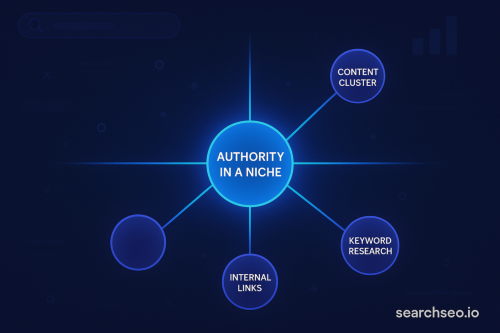If you have ever wondered, “Should I optimize for Bing or Google?” you are not alone. While Google still dominates global search share, Bing quietly powers millions of daily searches, especially on desktop and Microsoft devices. Understanding Bing vs Google SEO helps you reach audiences that others overlook.
This guide breaks down how both search engines differ and why your SEO strategy should consider both platforms.

Why SEO isn’t the same on Bing and Google
Although both engines crawl, index, and rank content, they do not always value the same factors. Bing and Google SEO is about how each algorithm defines relevance and authority.
Google relies heavily on artificial intelligence to interpret meaning and intent. Its systems like RankBrain and the Search Generative Experience prioritize context and user satisfaction.
Bing, by contrast, focuses on clarity and structure. It often rewards pages that use schema markup, descriptive titles, and exact keyword matches.
Key Bing and Google SEO differences include:
- Bing gives more weight to on page clarity and exact keyword alignment
- Google focuses on depth, content quality, and intent satisfaction
- Bing’s index favors older and established pages while Google refreshes content more quickly
In some cases, Bing is better than Google, particularly for visual or structured content. Bing’s image recognition and metadata analysis often outperform Google when it comes to understanding visuals.
In short, Bing versus Google comes down to approach. Google values learning and depth, while Bing values structure and consistency.
Google and Bing SEO ranking factors breakdown
How Google ranks content
Google’s ranking system focuses on EEAT which stands for Experience, Expertise, Authoritativeness, and Trustworthiness. It uses machine learning to understand the meaning behind words, which is one reason people often ask why is Google so much better than Bing.
Core ranking factors include:
- Mobile first indexing and strong page experience
- Contextual anchor text and natural link profiles
- Domain authority supported by topical consistency
- Artificial intelligence systems like RankBrain and BERT that interpret intent
Google rewards content that answers user questions clearly and creates a smooth browsing experience.
How Bing ranks content
Bing uses a more transparent and traditional algorithm but it still integrates AI features through Microsoft’s technology.
Bing tends to reward:
- Exact match keywords in titles, headers, and metadata
- Social signals from platforms like LinkedIn or X
- Older well maintained pages that show authority
- Schema rich pages and optimized images
- Clear site structure and descriptive meta titles
While Google prioritizes user behavior and contextual understanding, Bing still relies on direct signals of relevance and consistency. This is why Google vs Bing SEO is often a comparison between contextual interpretation and technical clarity.
Technical optimization tips
Both search engines depend on technical optimization, but they process your site in slightly different ways.
- Indexing speed: Google indexes new pages faster, while Bing may take more time to process updates.
- Structured data: Bing relies more on schema markup to understand site content.
- Page type preference: Bing performs better with static HTML pages, while Google can easily handle dynamic or JavaScript heavy sites.
To master Bing and Google SEO differences, remember this guiding principle:
Google rewards depth and relevance, Bing rewards structure and accuracy.
Why Bing might rank your content better:
If your website has clear structure, schema implementation, and clean metadata, Bing can surface your content quickly, especially for B2B searches or desktop users on Microsoft Edge.
Creating a unified SEO strategy for Google and Bing
Instead of treating them as competitors, think of Google and Bing as two sides of the same search coin. A unified SEO strategy helps you capture both audiences without duplicating effort.
Here is how to build one strategy that works across both engines:
1. Start with consistent content quality
Create high value pages that demonstrate expertise. Both engines reward well written, helpful content.
2. Match your keyword strategy to each platform
Google understands search intent. Bing prefers exact matches. Use natural phrasing for Google and more direct keyword usage for Bing.
3. Strengthen your site structure and schema
A clean layout, descriptive headings, and schema markup improve visibility on both engines. Bing depends on schema, while Google uses it to confirm relevance.
4. Monitor analytics separately
Use Google Search Console for Google results and Bing Webmaster Tools for Bing. Track impressions, clicks, and ranking shifts over time.
5. Boost your CTR with behavioral signals
Click Through Rate is one of the few overlapping ranking signals across both platforms. Higher CTR tells search engines your page is trusted and relevant.
This is where SearchSEO can help you gain an edge. By safely simulating real user clicks for your target keywords, you can increase CTR naturally and strengthen your position in both search engines. It is a modern, data driven method for validating that your listing attracts attention, which can influence ranking performance over time.
Using CTR manipulation through SearchSEO.io is not about gaming the system. It is about optimizing how your site appears in the search results and ensuring that your traffic reflects genuine engagement patterns. When combined with good content, backlinks, and technical SEO, this can help accelerate your visibility on both Bing and Google.
Master both search engines with smarter SEO tools
Whether you are building content for Google’s AI driven results or optimizing technical structure for Bing, understanding both systems gives you an edge.
If you want to strengthen your results across both platforms, start tracking, testing, and improving your click through rate.
Want to boost your visibility across Bing and Google. Start optimizing smarter today with SearchSEO.io


.svg)

.svg)
%201.png)








.svg)